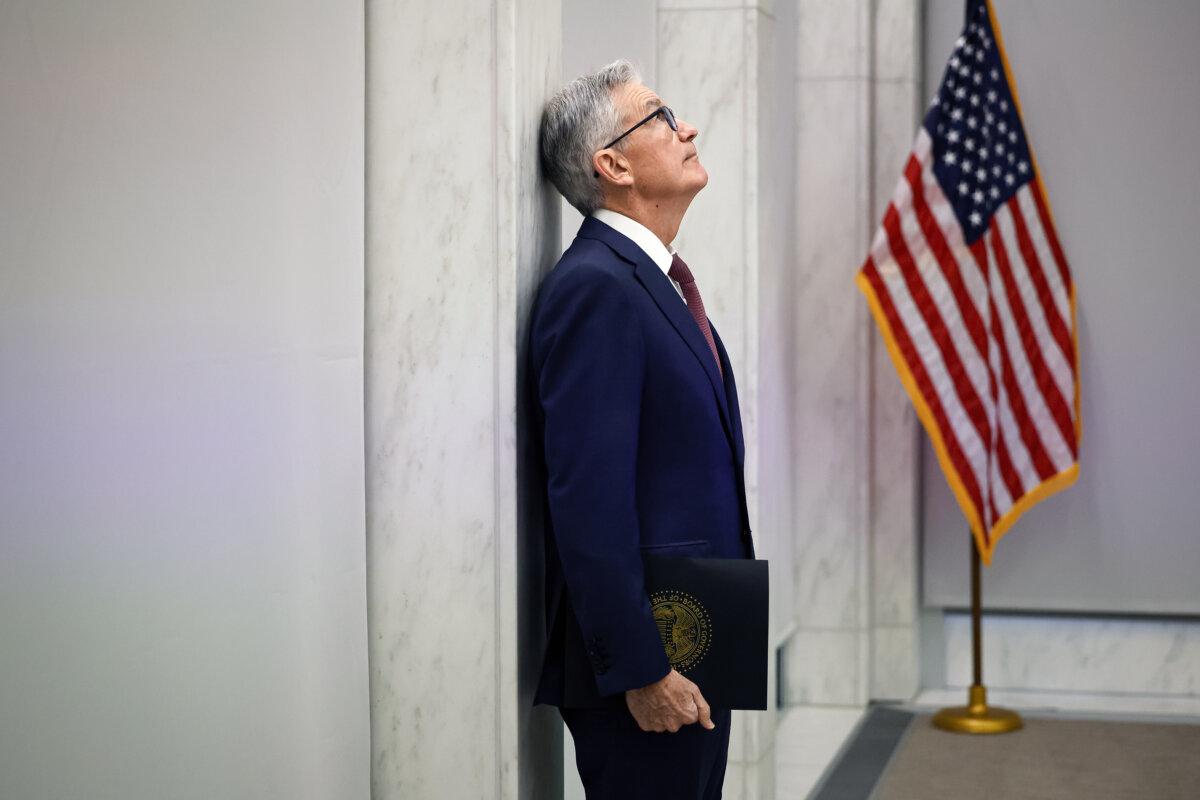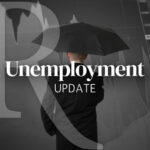By Andrew Moran
In the first three months of 2024, the U.S. economy witnessed an inflation resurgence. The year will end as it started: an economic landscape observing renewed inflationary pressures.
Core inflation—a less-noisy inflation gauge that excludes volatile items such as food and energy—has been stuck at 3.3 percent for four of the past six months.
The November CPI summary highlighted that the three-month annualized core inflation rate climbed to 3.7 percent, the highest since May.
Headline inflation readings have also ticked up since the Federal Reserve launched its new easing cycle in September.
All three inflation indexes—the consumer price index (CPI), the producer price index (PPI), and the personal consumption expenditure (PCE) price index—have risen for two consecutive months.
Early forecasts from the Cleveland Fed’s Inflation Nowcasting model indicate that inflation could jump again in the next data dump.
CPI inflation is projected to rise to 2.9 percent, while PCE inflation is anticipated to increase to 2.6 percent.
According to BMO economists, the 12-month annualized super core inflation rate, a metric that examines services inflation ex-housing, has also been running hot, remaining above 4 percent.
In recent weeks, economists have been employing the terms “sticky” and “stubborn” to describe new developments in the inflation saga. Economic observers will use these words when inflation is persistent and elevated.
A chorus of Fed officials, including Fed Chair Jerome Powell, calls it “bumpy.”
“We’re seeing the gradual moderation of inflationary pressures. But the catchphrase lots of people have been using, including my boss, is that it’s been pretty bumpy as it comes down,” Jon Willis, vice president and senior economist at the Federal Reserve Bank of Atlanta, said in an interview with The Epoch Times.
While goods inflation has eased and normalized to pre-pandemic levels, monetary policymakers are still waiting for service prices to normalize.
Services inflation, which Willis says can take longer to resolve than goods prices, slowed to 4.5 percent in November, higher than the pre-crisis level of 2.9 percent.
Additionally, in the Fed’s preferred inflation gauge—the PCE, which provides economic observers with broader scope and detailed weights—the services side of the Bureau of Economic Analysis report surged to 3.8 percent from the same month one year ago.
“I see it as we’re seeing that normalization, but it just is happening at a slow pace,” he said.
Despite the progress on inflation, it might be too warm for comfort for the U.S. central bank.
Based on the updated Summary of Economic Projections, a quarterly survey of where officials think policy and data are heading in the year ahead, above-trend inflation numbers spooked the Fed to become more cautious entering 2025.
Monetary authorities expect two quarter-point interest rate cuts next year, a change from the previous projections of four quarter-point reductions. By the end of 2025, officials anticipate the median federal funds rate to be 3.9 percent, down from the current 4.4 percent.
“Inflation has once again underperformed relative to expectations,” Powell said. “The slower pace of cuts for next year really reflects both the higher inflation readings we’ve had this year, and the expectation inflation will be higher.”

Following last week’s Federal Open Market Committee (FOMC) meeting, the dot-plot indicates PCE inflation is at 2.4 percent and core PCE inflation at 2.8 percent.
Both figures are marginally above the forecasts made in September.
“When the path is uncertain, you go a little bit slower,” Powell told reporters at the post-meeting press conference.
The financial markets are resetting their expectations, though policy uncertainty might be the theme as Wall Street turns the calendar to 2025.
But what about inflation projections?
Reading the Inflation Crystal Ball
Market watchers agree that the year ahead will bring plenty of wild cards, from President-elect Donald Trump’s tariff plans to global energy markets.
As a result, they are relying on the information already available to craft their forecasts.
Connor Lokar, an economist and senior forecaster at ITR Economics, expects higher inflation outcomes in 2025.
“We’re forecasting 3.2 percent currently for the final year number for 2025,” Lokar told The Epoch Times, adding that inflation could move higher through 2026.
“Our fundamental long-term view is pretty consistent where we felt 2024 was going to be the belly in the bottom. As we progress through 2025, particularly the second half of the year, we would be seeing some renewed inflation pressure.”
Economists have listed individual items for the upward trend in inflation.
Experts have alluded to housing as a substantial driver of higher inflation. Shelter costs inflation is still close to 5 percent amid strong demand, limited supply, and lackluster supplies.
Food prices have also increased in recent months, with inflation reaching an 11-month high of 2.4 percent in November.
But Lokar says government spending and debt issuance levels over the past few years have contributed to stubborn inflation.
“What people don’t realize is that there’s a pretty sizable lag time between government spending and inflation outcomes,” he said.
Outside the coronavirus pandemic, federal spending is at an exorbitant high of $7 trillion.
The national debt has surged by approximately $8 trillion since January 2021, and annual budget deficits are about $2 trillion.
Lokar noted that the expansion of the money supply is another factor contributing to rising inflation expectations.
The Federal Reserve’s money supply has indeed grown each month this year, reaching its highest level since December 2022.
Apollo’s chief economist, Torsten Slok, says various risks could alter the inflation outlook in 2025.
These include geopolitical tensions, trade strife, growing government debts and deficits, and Fed policy easing.
Slok refrained from outright stating that the Fed erred in its decision to cut interest rates.
Nevertheless, he thinks it is worth discussing if reducing rates during a period of full employment and inflation consistently exceeding 2 percent was the correct choice.
“We do think that there is an important discussion to be had about the speed and magnitude of further rate cuts from here since there is still a risk that the Fed cutting too much too soon is going to boost both GDP and inflation, thereby starting the clock all over again on the prospect of a soft landing,” Slok said in an end-of-year paper.
In evaluating the 2025 outlook, Apollo economists project headline CPI and PCE inflation to be 2.4 percent and 2.3 percent, respectively.
Various 2025 forecasts, whether from Vanguard or the University of Michigan, suggest that core inflation will hover around the 2.5 percent mark.
Goldman Sachs economists are bullish about the world’s largest economy. They believe it will outperform expectations again in 2025.
Core PCE inflation is predicted to tumble to 2.1 percent by the end of 2025, excluding any potential tariff effects.
However, should the president-elect’s tariff proposal be instituted, trade levies could trigger “a one-time price level effect” and lift inflation to 2.4 percent.
“The U.S. economy is in a good place,” David Mericle, chief U.S. economist at Goldman Sachs Research, said in a note.
“Recession fears have diminished, inflation is trending back toward 2 percent, and the labor market has rebalanced but remains strong.”






